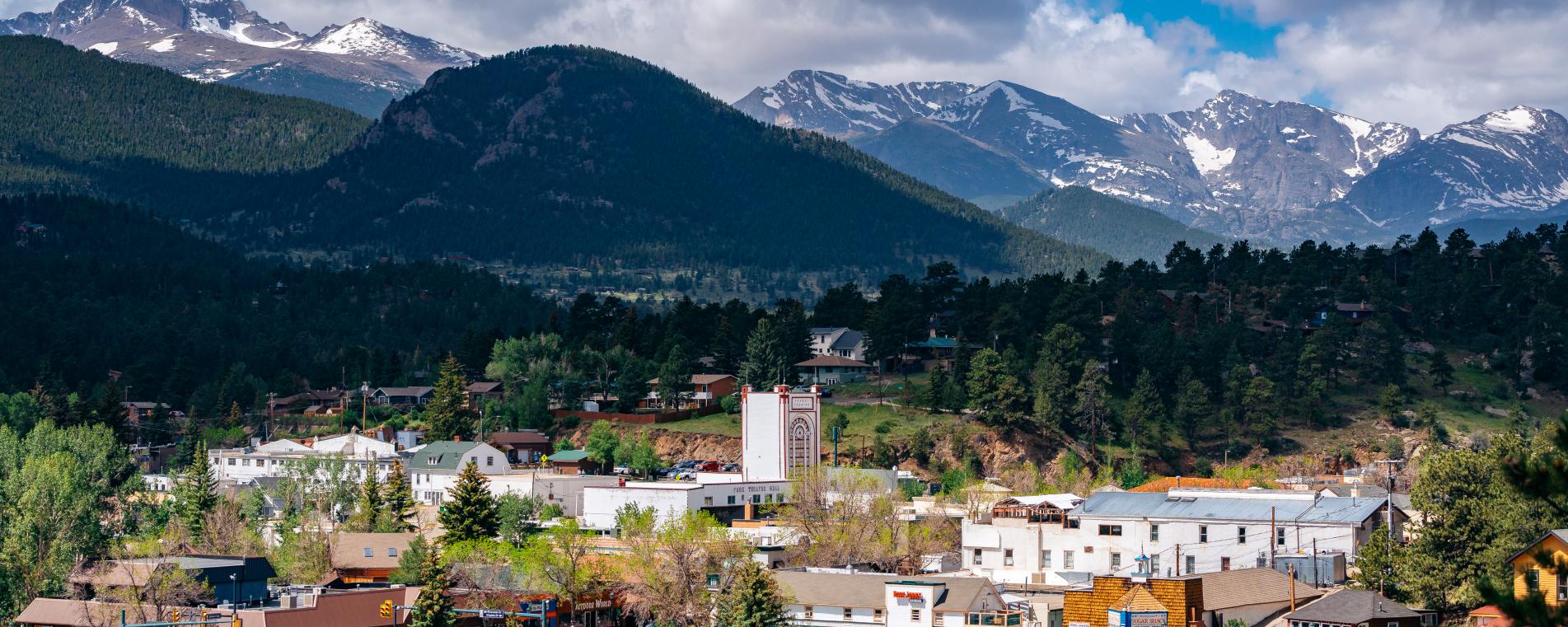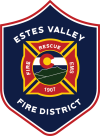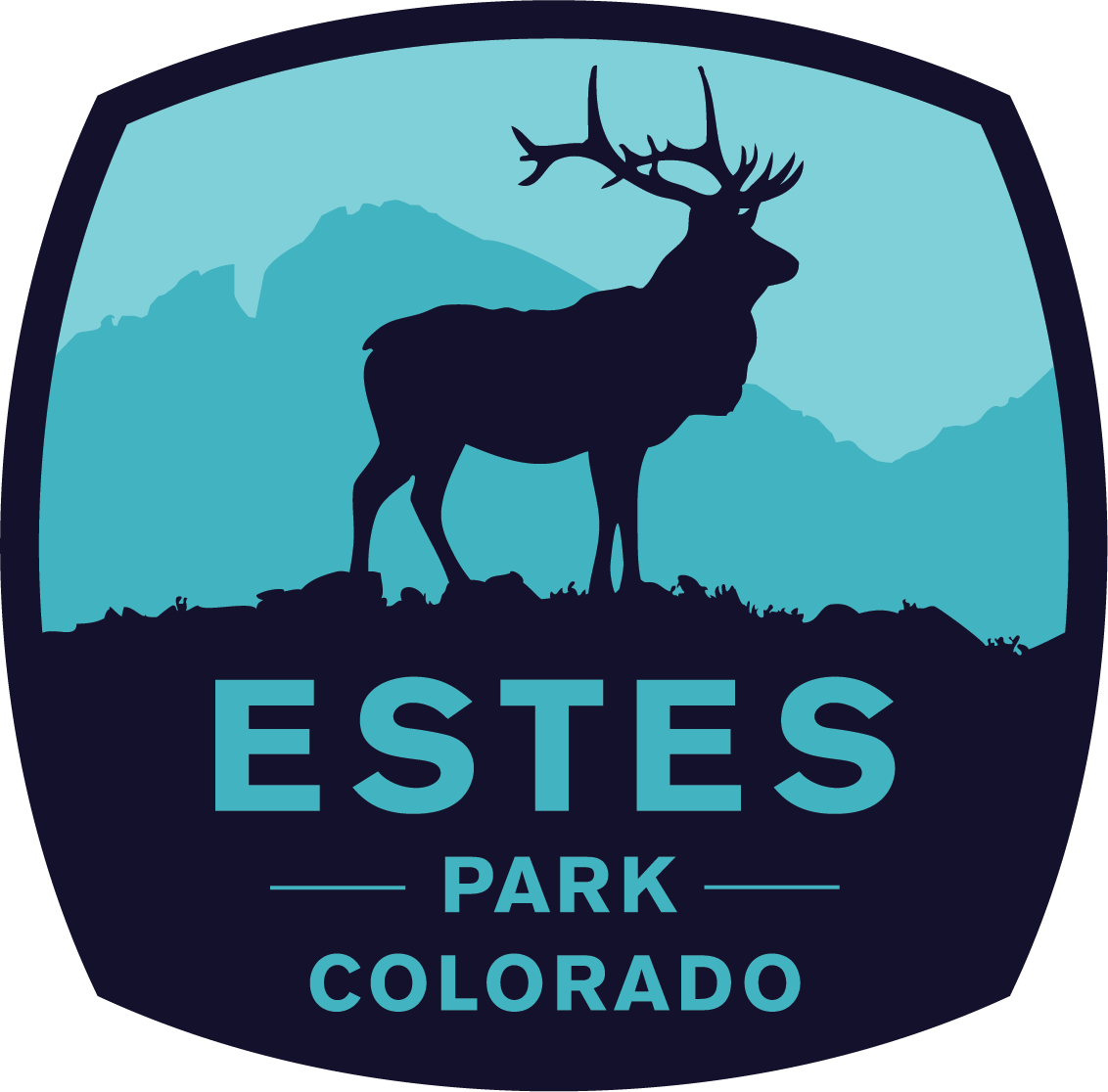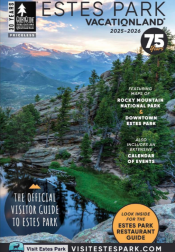
Fire Restrictions & Information
Updated September 6, 2024
Current Fire restrictions and ban information
The Town of Estes Park and the Estes Valley
Estes Park is a wildland urban interface where the risk of wildfire is elevated year-round. Right now, it is under stage 1 fire restrictions. See page 3 of this informational guide to learn more.
These minimum fire restrictions always apply:
- Recreational wood burning (e.g., campfires) are not permitted in short term rentals.*
- BBQs and smokers (including charcoals and pellets) are not permitted in short term rentals.*
- Fireworks are not permitted.
For more information visit: https://www.estesvalleyfire.org/fire-restrictions-bans.
*Short term rentals include all vacation rentals.
Rocky Mountain National Park
Stage 1 fire restrictions are always in place in the national park. Campfires are prohibited throughout it, except within designated campfire rings in picnic areas and frontcountry campgrounds. The use of portable charcoal grills, wood fuel camp stoves and propane/butane-fueled gas stoves is allowed. Learn more.
Roosevelt National Forest
Roosevelt National Forest is under stage 1 fire restrictions. Campfires contained in permanently constructed metal or concrete fire pits and/or charcoal grills that the forest service has installed and maintained at its developed campgrounds, picnic areas and administrative areas are allowed. Learn more.
Know Before you Go: How to be Wildfire-Ready in Estes Park
Find more resources from the Estes Valley Fire Protection District here: https://www.estesvalleyfire.org/guest-resources.
Sign up for emergency alerts
Text EPAlerts to 888777 to receive emergency alerts for a two-week time period.
Wildland Fire FAQs
 Answers to common questions about wildfire from our partners at Estes Valley Fire Protection District. Visit their website for more detailed fire safety and prevention information.
Answers to common questions about wildfire from our partners at Estes Valley Fire Protection District. Visit their website for more detailed fire safety and prevention information.
Having a campfire is a big part of my mountain vacation. Why can’t I have one, or why is it not a good idea?
Having a campfire is dependent on fire restrictions on lands in and around Estes Park. Restrictions exist either as a matter of policy such as in the case of Rocky Mountain National Park, which is always in a Stage 1 fire ban at a minimum, or based on the wildfire risk of the area. Wildfire risk is determined by several environmental factors, including the moisture content of potential wildfire fuels, wind speeds, temperature, and the availability of firefighting resources contrasted with the degree of fire risk.
We empathize with the desire to have a campfire during your mountain vacation. However, in certain conditions, wildfires start easily and spread quickly. If an innocent campfire ignites the land surrounding it, it puts the forest and community of Estes Park at extreme risk.
What is a wildland urban interface?
The wildland urban interface is the zone of transition between unoccupied land and human development. It is the line, area or zone where structures and other human development meet or intermingle with undeveloped wildland or vegetative fuels.
What does the phrase “wildfire mitigation” mean?
Wildfire mitigation starts with prevention. Estes Valley Fire Protection District has a dedicated Fire Prevention Division that works with agency partners from the U.S. Forest Service, Rocky Mountain National Park, watershed representatives, local forestry organizations, HOA groups, and Estes Park residents to reduce the risk of wildfire ignition year-around. Visitors to the Estes Valley are a vital part of the prevention effort, and will be asked to follow fire prevention protocols in order to preserve and protect this beautiful community and its inhabitants.
How does a firefighter differ from a wildland firefighter?
Common use of the word firefighter often refers to a structural firefighter, whose job revolves around protecting life and property in fires that are in structures such as homes, buildings and vehicles. A wildland firefighter fights fires that occur on open land, in the wilderness, and in the Wildland Urban Interface, or “WUI”, where homes are intermingled in heavily forested areas. Firefighting tactics, protective equipment and strategies vary widely between these two occupations.
What is meant by “fire is a natural process?”
Fire is an essential part of most wildland ecosystems. In climates around the world including Colorado, plant species have adapted to a point that they would not exist without the presence of fire. Wildland fires spawn a period of rebirth and vigor in post-fire environments by removing dead materials and by releasing nutrients back to the environment that are locked up in mature plants and organic litter.
We’ve been taught that cutting down trees is bad and that good fire management means extinguishing fires in wildland areas. Why is this not always the case?
Wildfire is a natural and healthy process for forests and the vegetation that inhabits them. Over-suppression of wildfires causes the density of conifer trees and other fuels to increase, and when density increases the overall health of the trees decreases as they compete for water and sunlight. This increase in density and competition leads to increased wildfire risk and contributes to the mega fires we are seeing today. The modern forest service takes a balanced approach between fire prevention, fighting fires where they threaten populated communities and infrastructure, and allowing the natural ecological process of fire to occur when appropriate.
A wet spring will mitigate risks of wildfire in the summer and fall, right?
No, unfortunately not. A wet spring may be negated by a dry summer and fall. Further, the vegetation that grows during a wet spring will dry out if rain does not fall in the summer and fall and could contribute to increased wildfire fuel loading both in the forest, and in the populated Wildland Urban Interface.
Some common terms I hear around conversations about wildfire are listed below. What do they mean?
- Brush fire: A fire burning in vegetation that is predominantly shrubs, brush and scrub growth.
- Crown fire (Crowning): The movement of fire through the crowns of trees, largely independently of the surface fire.
- Fuels: Combustible material Includes vegetation, such as grass, leaves, ground litter, plants, shrubs and trees, homes and structures, propane and fuel tanks that feed a fire.
- Ladder fuels: Aerial fuels, such as low-hanging tree limbs, in direct contact with ground fuels such as tall grasses and shrubs, which allow fire to climb and spread from easier-to-control ground fires to extremely difficult to control tree fires
- Fuel Reduction: Manipulation, including combustion, or removal of fuels prior to a fire to reduce the likelihood of ignition and/or to lessen potential damage and resistance to control of a fire.
- Control Line: All built or natural fire barriers and treated fire edge used to control a fire.
- Burn Out: Setting fire inside a control line to widen it or consume fuel between the edge of the fire and the control line.
- Defensible Space: An area either natural or manmade where material capable of causing a fire to spread has been treated, cleared, reduced, or changed to act as a barrier between an advancing wildland fire and the loss to life, property, or resources. In practice, "defensible space" is defined as an area a minimum of 30 feet around a structure that is cleared of brush or vegetation, or other combustible materials
- Duff: The layer of decomposing organic materials lying below the litter layer of freshly fallen twigs, needles, and leaves and immediately above the mineral soil.
- Fire Break: A natural or constructed barrier used to stop or check fires that may occur, or to provide a control line from which to work.
- Safety Zone: An area cleared of flammable materials used for escape in the event the control line is outflanked or in case a spot fire causes fuels outside the control line to render the line unsafe.
- Spot Fire: A fire ignited outside the perimeter of the main fire by flying sparks or embers.
Find more wildfire terminology definitions here.



